Author/ Illustrator: Sarah Frances Hardy
Publishing Information: Penguin Group, 2012.
Number of Pages: 30
Genre: Non-fiction, Picture book
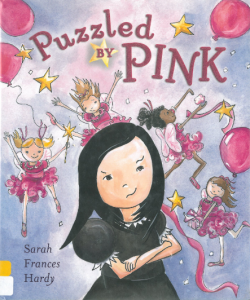

Analysis:
Rose is a little girl who loves pink. She wants everyone coming to her birthday party wear pink fairy wings and tutus. However, her sister Izzy hates pink and tutus. She does not believe in magic or the wand. Suddenly, the wand works and turns Izzy’s cat into a dragon. They play together at the party downstairs.
The text functions as a window for children to look at the story of other people’s life. The author and illustrator really did a great job presenting diversity through the story. There are both boys and girls coming to Rose’s party and boys can be fairies. Children who show up at the party have different skin colors. It teaches children that people of different races or different genders can be friends.
In the story, the character Izzy is kind of mean to her little sister Rose. It was Rose’s birthday but in the text Izzy never congratulates her or even wishes her a happy birthday. It is not the right way how sisters should treat each other. Even though Izzy comes to the party downstairs and plays with Rose in the end, the reason she does that is to escape from the dragon instead of celebrating her sister’s birthday. A possible revision of the text could be even though Izzy won’t wear pink things, she still helps Rose prepare for the party and has fun. Also, for me, the ending is a little confusing. The fact that the dragon shows up as a vicious creature at first but then it comes downstairs to play with children might confuse readers.
Perceptually, the book uses contrastive colors to demonstrate the differences of personality between Rose and Izzy. Rose always wears pink while Izzy wears black and white. The images are not framed so that readers can actually participate in the story. When Izzy decides to go upstairs and has her own party, she moves to the right which conveys a sense of less security. Structurally, text and images do not overlap. Children might not have any insightful takeaways from the book but they can notice the diversity of people through this interesting little story.

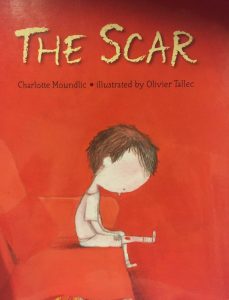

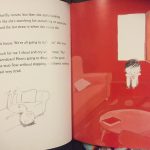

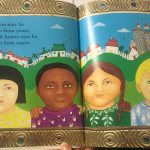
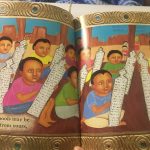
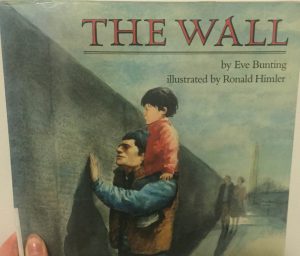
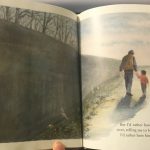



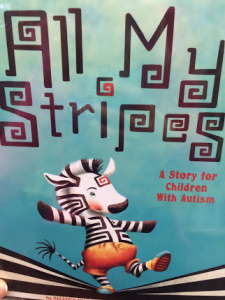

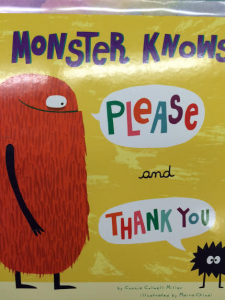
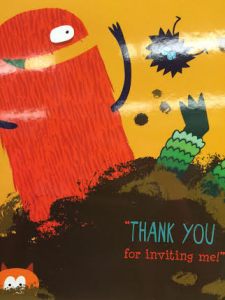
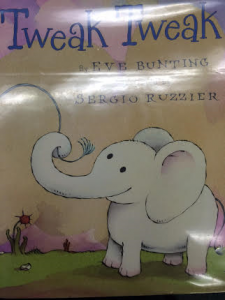


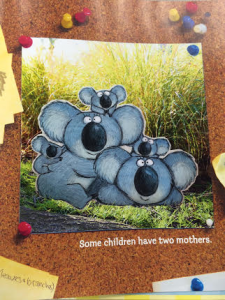
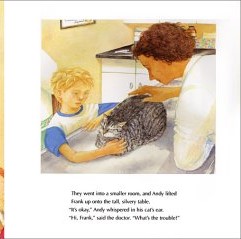 A young girl breaks her arm and it isn’t until she sees that it gets better, that she starts to feel better. As time passes, the young girl gets older and has a son. When her son’s cat breaks his leg, she reassures them both that it’ll get better.
A young girl breaks her arm and it isn’t until she sees that it gets better, that she starts to feel better. As time passes, the young girl gets older and has a son. When her son’s cat breaks his leg, she reassures them both that it’ll get better.